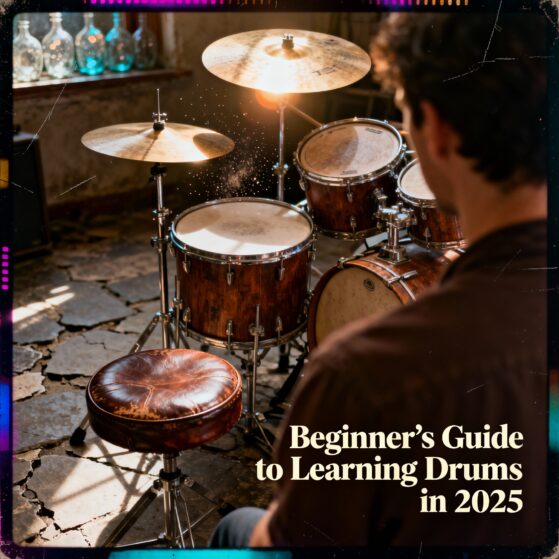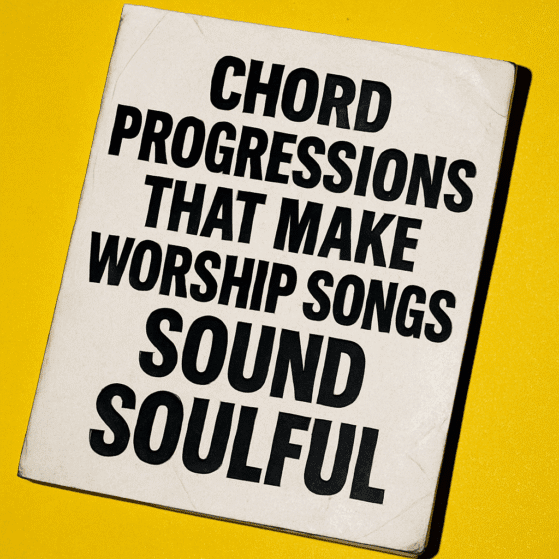How to Learn Electric Guitar on Your Own
Learning to play the electric guitar is an exciting journey that offers countless creative opportunities and personal expression. Whether you’re inspired by your favorite musicians, seeking a new hobby, or hoping to enhance your skills, teaching yourself can be a rewarding experience. This blog will guide you through the essential steps, resources, and tips to effectively learn the electric guitar on your own.

Choosing the Right Gear
Before diving into learning, it’s essential to have the right equipment. Here’s what you’ll need:
Electric Guitar: Start with a beginner-friendly model. Consider brands known for quality, like Squier, Epiphone, or Yamaha. Visit a local music store to try different models and find one that feels comfortable.
Amplifier: A small practice amp is sufficient for home use. Look for one with built-in effects like reverb and distortion to experiment with different sounds.
Accessories: Get a good quality tuner, picks, a strap, and a cable. A metronome will help you keep time while practicing.

Setting Up Your Practice Space
Designate a comfortable and quiet space for your practice. Ensure good lighting and minimal distractions. Having all your gear in one place will make it easier to stay motivated and organized.

Understanding the Basics
Start with the foundational aspects of playing:
Fretting Techniques: Learn how to hold the guitar correctly and place your fingers on the frets. Practice pressing down on strings to produce clear notes without buzzing.
Strumming and Picking: Familiarize yourself with strumming patterns and picking techniques. Start with simple downstrokes and gradually incorporate upstrokes and alternate picking.
Tuning Your Guitar: Understanding how to tune your guitar is crucial. Use an electronic tuner or a tuning app to ensure your guitar is always in tune.

Learning Chords and Scales
Once you grasp the basics, move on to learning chords and scales:
Basic Chords: Start with open chords like C, G, D, E, and A. Practice transitioning between them smoothly, as these will form the foundation of many songs.
Power Chords: These are simple two-note chords that are commonly used in rock music. Practice moving them around the neck.
Scales: Begin with the major and minor pentatonic scales. Scales will help you develop your finger dexterity and understanding of the fretboard.

Using Online Resources
Take advantage of the wealth of resources available online:
Video Tutorials: Platforms like YouTube offer countless tutorials for beginners. Channels like JustinGuitar, GuitarLessons.com, and Marty Music provide structured lessons and song tutorials.
Apps and Websites: Consider using apps like Ultimate Guitar for tabs and Songsterr for interactive tabs. Websites like Guitar Tricks and JamPlay offer comprehensive courses for various skill levels.
Online Communities: Join forums and social media groups focused on guitar learning. Engaging with others can provide support, motivation, and helpful tips.

Practicing Regularly
Consistency is key to mastering the guitar:
Set a Practice Schedule: Dedicate at least 30 minutes a day to practice. Consistent practice will lead to faster progress.
Focus on Different Aspects: Alternate between chord practice, scale exercises, and learning songs. This keeps your practice sessions engaging and comprehensive.
Record Yourself: Recording your practice sessions can help you track your progress and identify areas for improvement.

Learning Songs
One of the most rewarding aspects of learning the guitar is playing songs you love:
Start Simple: Choose easy songs that use basic chords. Songs like “Smoke on the Water” by Deep Purple or “Wonderwall” by Oasis are great for beginners.
Use Tabs: Look for song tabs online to learn your favorite tracks. Breaking down songs into sections can make them easier to learn.
Play Along with Recordings: Once you’re comfortable with a song, try playing along with the original track. This helps you develop timing and musicality.

Experimenting with Techniques
As you grow more confident, experiment with different playing techniques:
Bending and Vibrato: Practice bending notes and adding vibrato for expression.
Hammer-Ons and Pull-Offs: Incorporate these techniques to create smoother transitions between notes.
Fingerpicking: Explore fingerstyle playing to expand your skill set and repertoire.

Setting Goals and Challenges
Set achievable goals to keep yourself motivated:
Short-term Goals: Focus on mastering specific chords, songs, or techniques over a few weeks.
Long-term Goals: Aim to learn a complete song or develop a solo over a few months.

Seeking Feedback and Continuing Education
As you progress, seek feedback from peers or online communities. Consider taking occasional lessons from a local instructor or online courses to refine your technique and expand your knowledge.

Conclusion
Learn electric guitar on your own with tips, techniques, and resources to start playing your favorite songs today! With our Electric Guitar Lessons Online, you can master the instrument from basic to advanced. Embracing this fulfilling journey allows you to develop your skills and discover your unique musical voice. Celebrate your progress along the way, and remember: every guitarist was once a beginner. Pick up your guitar and start your musical adventure today!








